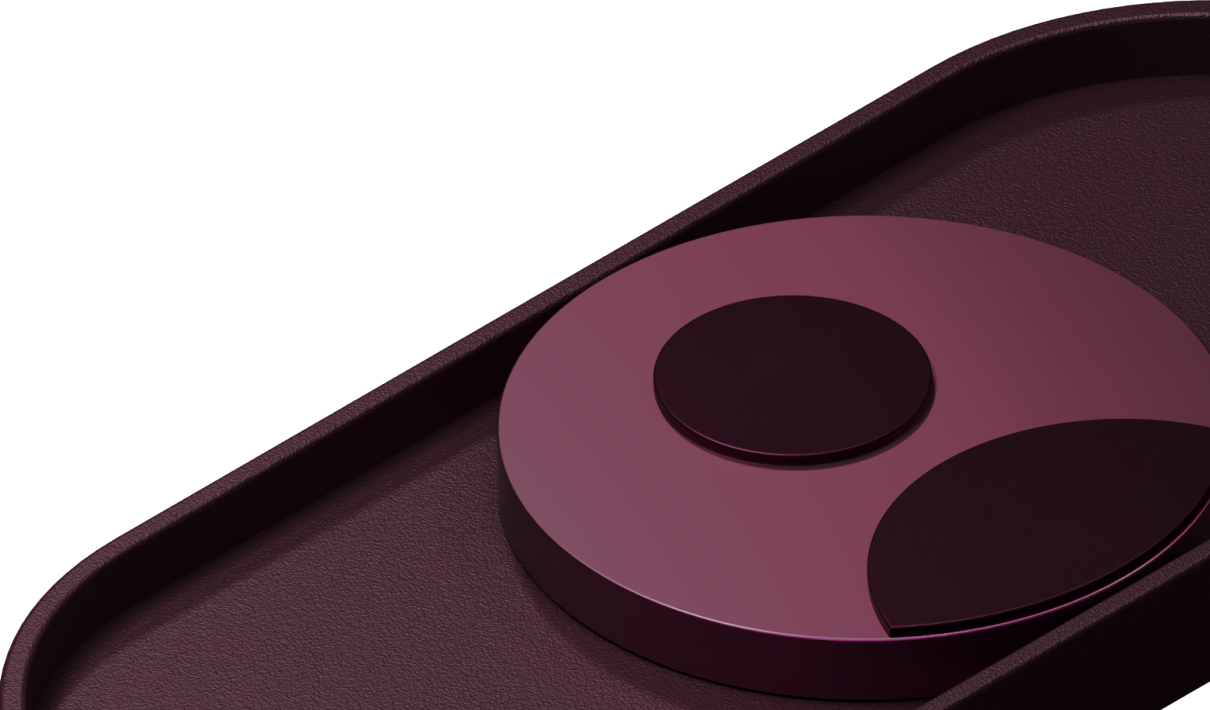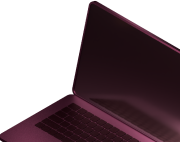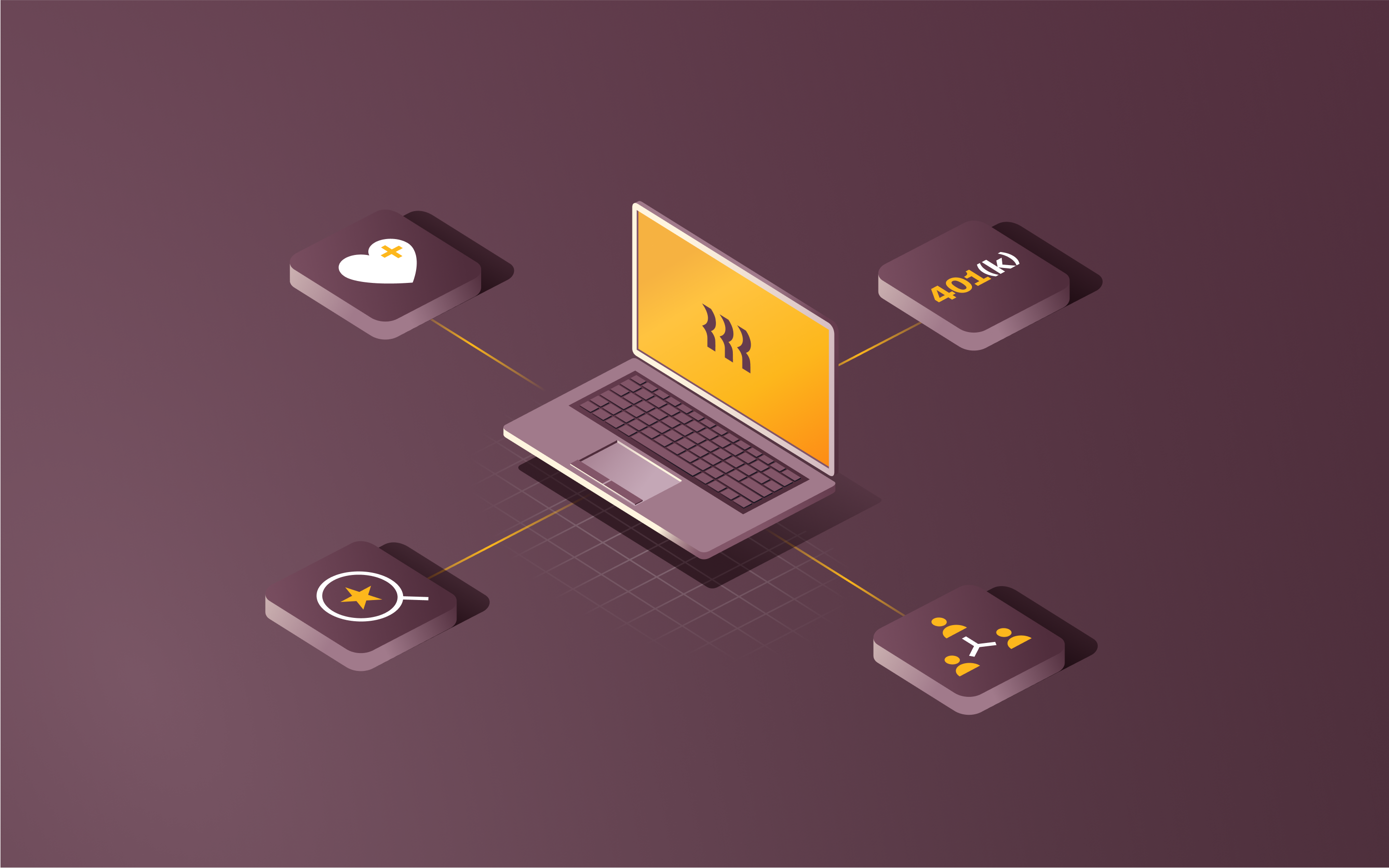IoT device management simplifies and streamlines the complexity of configuring, monitoring, and maintaining large fleets of connected devices. It gives organizations the speed, scale, and control they need to effectively manage IoT devices and keep them secure and performing optimally.
Large-scale Internet of Things (IoT) deployments often present significant management challenges. For example, facility managers may install numerous smart sensors to monitor energy use, air quality, occupancy levels, and equipment performance. While these devices initially provide valuable operational insights, the growing complexity of IoT networks can lead to issues with configuration, tracking, maintenance, and security.
This is where IoT device management comes in. It gives you the tools and visibility to effectively manage your full fleet of connected devices, greatly reducing risks and keeping them secure and running smoothly.
In this piece, we'll explore IoT device management, how it works, and its benefits.
What is IoT device management?
Let's start with the basics. IoT stands for the Internet of Things—the vast network of physical objects embedded with sensors, software, and connectivity that enables them to collect and share data. Think everything from smart thermostats and fitness trackers to industrial machines and delivery vehicles.
IoT device management, on the other hand, refers to the processes and tools used to provision, organize, monitor, and control these smart, connected devices at scale. It provides a centralized way to ensure that IoT devices are secure, up-to-date, and working properly.
Real-world example: Imagine you run a food delivery service with hundreds of refrigerated trucks. You've installed IoT sensors in each vehicle to track location, temperature, humidity, and engine diagnostics. An IoT device management platform lets you see the real-time status of your entire fleet, alerts you if a truck's refrigeration unit malfunctions, and allows you to remotely adjust temperature settings to keep food fresh. You can also push out software and firmware updates to the truck sensors to patch vulnerabilities or enable new features. That's the power of IoT device management.
How does IoT device management work?
So how does IoT device management actually work in practice? While implementations vary, most solutions include the following key processes:
Registering devices
The first step is registering IoT devices within the management platform. This involves creating a unique ID for each device and capturing relevant information like manufacturer, model, serial number, location, etc. Registration ensures you have a complete inventory of every managed device.
Provisioning and authentication
Next is securely provisioning devices and setting up authentication. This often involves installing unique cryptographic keys or digital certificates on each device. When a device attempts to connect to the network, it must present those credentials to verify it is a trusted entity. This prevents unauthorized devices from gaining access.
Upon connecting, devices then receive their initial configuration settings from the management platform. This could include things like communication intervals, power management settings, data collection parameters, etc. Onboarding configurations turn devices from generic off-the-shelf products into purpose-built business assets.
Configuration and control
On an ongoing basis, the IoT device management platform allows administrators to remotely view and change device settings, performance parameters, and permissions. This device control is essential for optimizing functionality and adapting to changing needs over time.
Monitoring and diagnostics
The platform also enables real-time monitoring of device health and connectivity status. IT teams can set alerts for issues like low battery levels, abnormal sensor readings, or connectivity failures. Rich diagnostic data helps quickly pinpoint and resolve problems to minimize downtime.
Software maintenance
As software updates or security patches become available, the IoT device management platform enables safely pushing those updates out over the air (OTA) to devices in the field. This ensures devices stay secure and current without requiring physical access.
End-of-life management
When devices are retired due to failure, obsolescence, or changing requirements, the platform orchestrates secure decommissioning, including data wiping, access revocation, and inventory updates. For device replacements, the management platform streamlines provisioning to efficiently restore functionality with minimal downtime.
6 key features of IoT device management software
When evaluating IoT device management solutions, there are several key capabilities to look for:
- Streamlined onboarding process: The software should make it quick and easy to register, authenticate, and configure new devices at scale. Look for options like bulk registration and zero-touch provisioning.
- Robust access controls: Granular user permissions are a must to ensure only authorized people can view data and make device changes. Role-based access and strong authentication policies are key.
- Remote configuration and troubleshooting: Technicians need to be able to easily view device info, change settings, push updates, and resolve issues—all without physical access to far-flung devices.
- Real-time visibility: Detailed dashboards should provide up-to-the-minute insights on device status, performance metrics, and potential issues. The ability to set proactive alerts is also critical.
- Powerful automations: As IoT deployments scale, manually configuring and updating devices becomes unsustainable. Automations for things like configurations and maintenance workflows are essential.
- Flexible integrations: Choose an IoT platform with open APIs that can integrate with the rest of your IT and business systems. This allows IoT data to flow into tools for analytics, visualization, automation, and more.
6 benefits of IoT system management
The value of IoT device management is clear and compelling. Key benefits include:
Faster deployments
Orchestration tools dramatically streamline rolling out and registering new devices. Tasks that once took days or weeks can often be done in a matter of minutes. Faster deployments mean less hassle for IT and faster time-to-value for the business.
Reduced downtime
Centralized monitoring and proactive alerts help identify device issues before they impact the business. IT teams can resolve problems remotely to keep devices and services up and running. Less downtime equals higher productivity and customer satisfaction.
Improved security
Robust access controls, automatic updates, and device-level authentication harden device security. If a device is lost or stolen, it can be remotely locked or wiped. Centralized policy enforcement and auditing ensure consistent security across the entire fleet.
Lower costs
Remote management eliminates many costly truck rolls and field service calls. Problems can be diagnosed and fixed without sending a technician on-site. Streamlined provisioning and automations also boost IT efficiency, allowing teams to manage more with less.
Enhanced compliance
Many industries have strict regulations around IoT devices, such as HIPAA in healthcare. A good IoT device management platform makes it easier to implement required controls, monitor adherence, and generate compliance reports—reducing risk and audit headaches.
Better asset tracking
Management tools provide a real-time inventory of every device, including location, status, and history. This maximizes device utilization, informs capacity planning, and simplifies audits and accounting. No more ghost assets or missing devices.
Should your business use IoT device management?
The short answer is, if your business uses IoT devices, you almost certainly need an IoT device management solution. These tools are valuable for organizations of all sizes and industries—from small businesses managing a few dozen devices to large enterprises juggling hundreds of thousands.
Some common use cases include:
Manufacturing and industry
Factories often deploy myriad sensors and connected equipment to enable condition monitoring, predictive maintenance, process optimization, and automated quality control. IoT device management is key for keeping these complex systems secure and running smoothly.
Healthcare
Connected medical devices, patient monitors, and wearables help clinicians deliver efficient, high-quality care. But these devices also pose big risks around patient data privacy and safety. Granular device management is critical to meeting HIPAA requirements and ensuring devices work as intended.
Building and facility management
Offices, schools, hospitals, retailers, and other facilities are rapidly deploying IoT devices for things like climate control, energy management, access control, and safety monitoring. Device management provides unified visibility and control over building systems to optimize performance.
Transportation and logistics
Fleet operators rely on IoT devices to track vehicle locations, optimize routes, monitor mileage and maintenance needs, secure cargo, and more. Robust management tools maximize fleet efficiency while minimizing downtime and losses.
These are just a few examples. Nearly any business that uses connected devices can benefit from IoT device management—whether it's point-of-sale systems in retail stores, agricultural sensors on farms, or smart city infrastructure.
Rippling: IoT management for your business devices
When it comes to choosing an IoT device management solution, Rippling stands out for its comprehensive capabilities, ease of use, and integrated approach.
Rippling offers a modern unified platform for managing all your corporate devices. The platform provides complete visibility and control over your entire device fleet, making it easy to deploy, configure, track, troubleshoot, and secure devices at scale. And soon, Rippling will be expanding its device management capabilities even further with the upcoming release of iOS and iPad support.
Some key Rippling differentiators:
- Extensive device support and security: Rippling supports and secures macOS and Windows devices, making it easy to consistently manage a heterogeneous fleet. The platform offers advanced security features like behavioral analysis, content filtering, and disk encryption enforcement.
- One-click deployments: Provision and configure new user devices with a single click. Rippling automatically installs the right apps, settings, and security controls on each device, personalizing the experience based on the user's role and department. It greatly simplifies onboarding and reduces help desk tickets.
- Detailed live inventory: See a real-time view of your entire device fleet, with granular details like assigned users, software versions, encryption status, and more. Easily track down any device and generate reports for audits and budgeting.
- Remote device access and control: Remotely view and manage any device, regardless of location. Easily troubleshoot issues, provide support, install apps, run scripts, and more.
- RADIUS authentication for Wi-Fi security: Rippling's device management platform includes built-in RADIUS authentication to secure your office Wi-Fi networks. Configure WPA-Enterprise on your access points and automatically sync Rippling user credentials for seamless, individualized Wi-Fi access. When you offboard employees, their Wi-Fi access is immediately revoked.
- Advanced device trust: Define risk-based conditional access policies that only allow devices meeting your trust standards to access corporate apps and data. Combine strong multi-factor authentication with granular device posture assessments for continuous, adaptive security.
Rippling gives you one place to manage all your corporate devices with an unparalleled degree of automation, control, and security. If you want to simplify and streamline device management across your entire organization, Rippling is the clear choice.
Frequently asked questions
What is an example of device management?
An example of device management is a hospital IT team using a platform to track and manage hundreds of connected patient monitors. The system would track each device's location, configuration, software versions, battery life, and network status. If a device malfunctions or goes offline, the team gets an immediate alert. They can diagnose and resolve the issue remotely to minimize disruption to patient care.
What is the main purpose of IoT device management?
The main purpose of IoT device management is to simplify the complexity of deploying, monitoring, securing, and maintaining large fleets of connected devices. It provides the centralized tools and automations IT teams need to manage devices efficiently and keep them secure and functional. This allows businesses to realize the benefits of IoT applications without being overwhelmed by the overhead.
How do IoT device management platforms handle security?
IoT device management platforms typically handle security in a few key ways:
- Ensuring only authorized devices can connect to the network through strong authentication
- Enabling granular access controls and permissions to limit what users and applications can do with devices
- Providing real-time monitoring to detect and alert on suspicious device behavior
- Allowing admins to set and enforce consistent security policies across device fleets
- Pushing out software updates and security patches to mitigate vulnerabilities
- Giving admins remote tools to lock or wipe compromised devices
By layering these security controls, IoT device management helps businesses proactively reduce their attack surface and respond rapidly to potential incidents.
Disclaimer: Rippling and its affiliates do not provide tax, accounting, or legal advice. This material has been prepared for informational purposes only, and is not intended to provide or be relied on for tax, accounting, or legal advice. You should consult your own tax, accounting, and legal advisors before engaging in any related activities or transactions.















































































